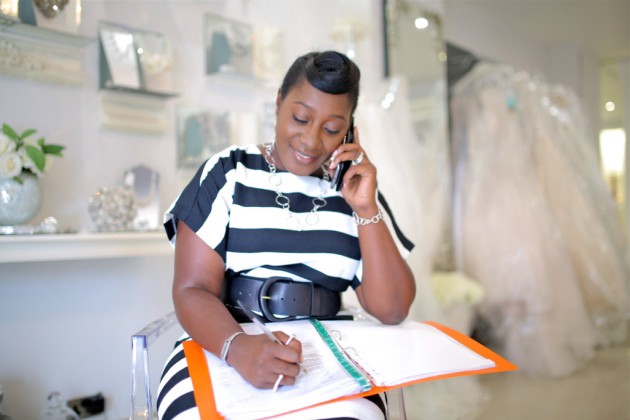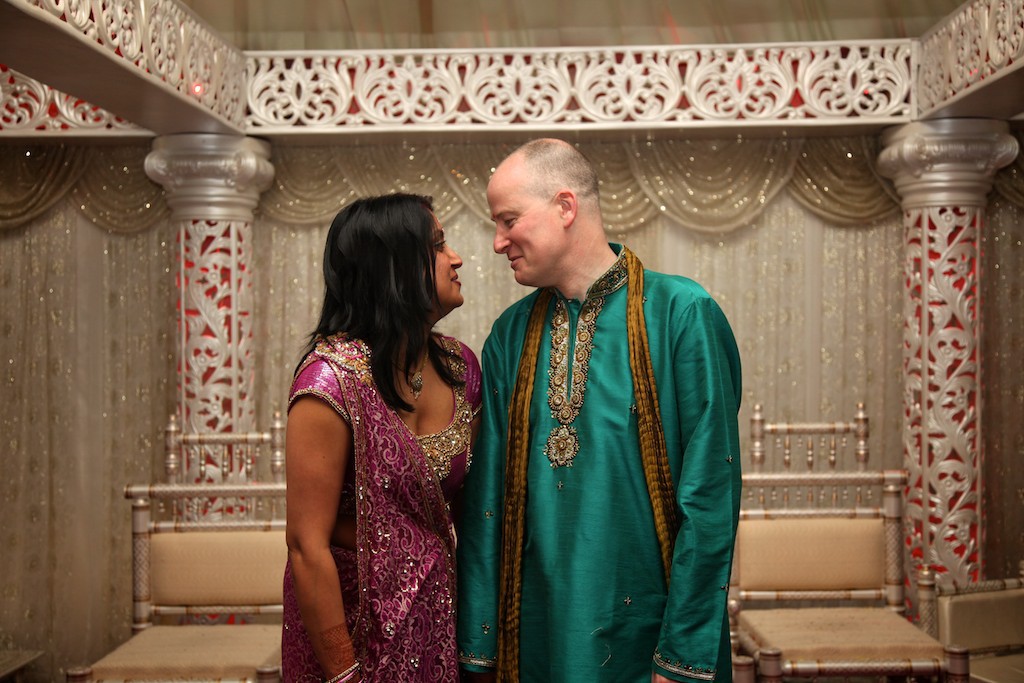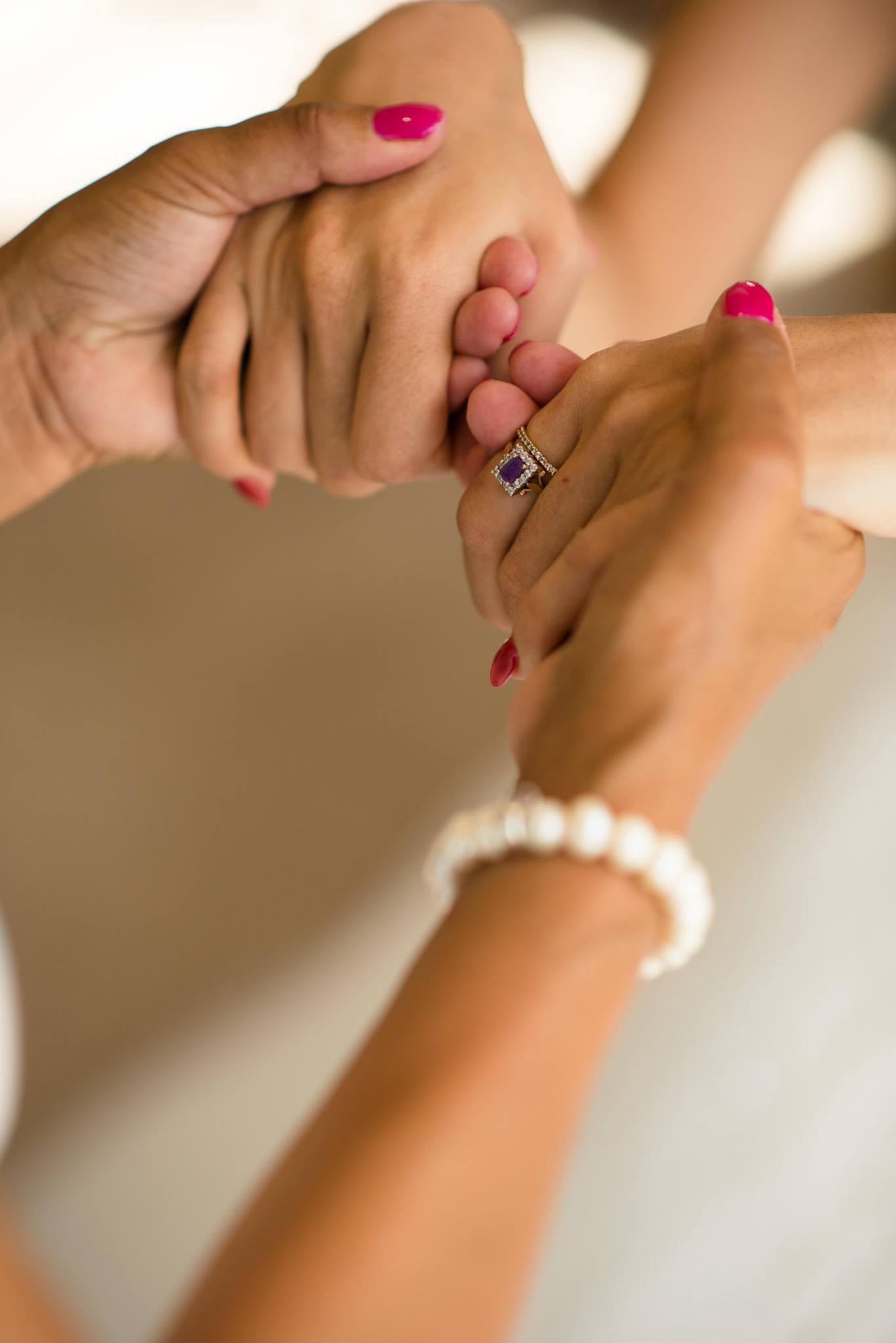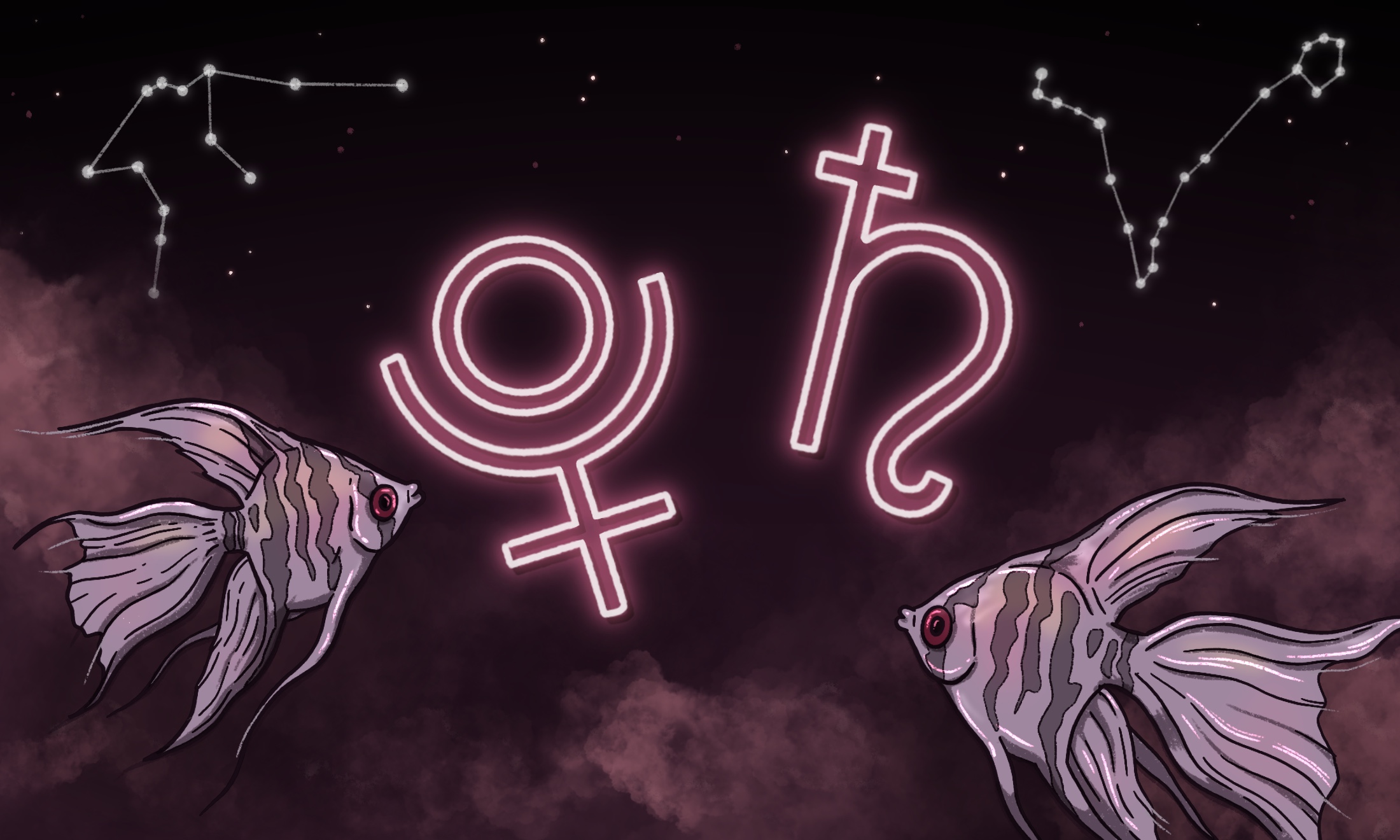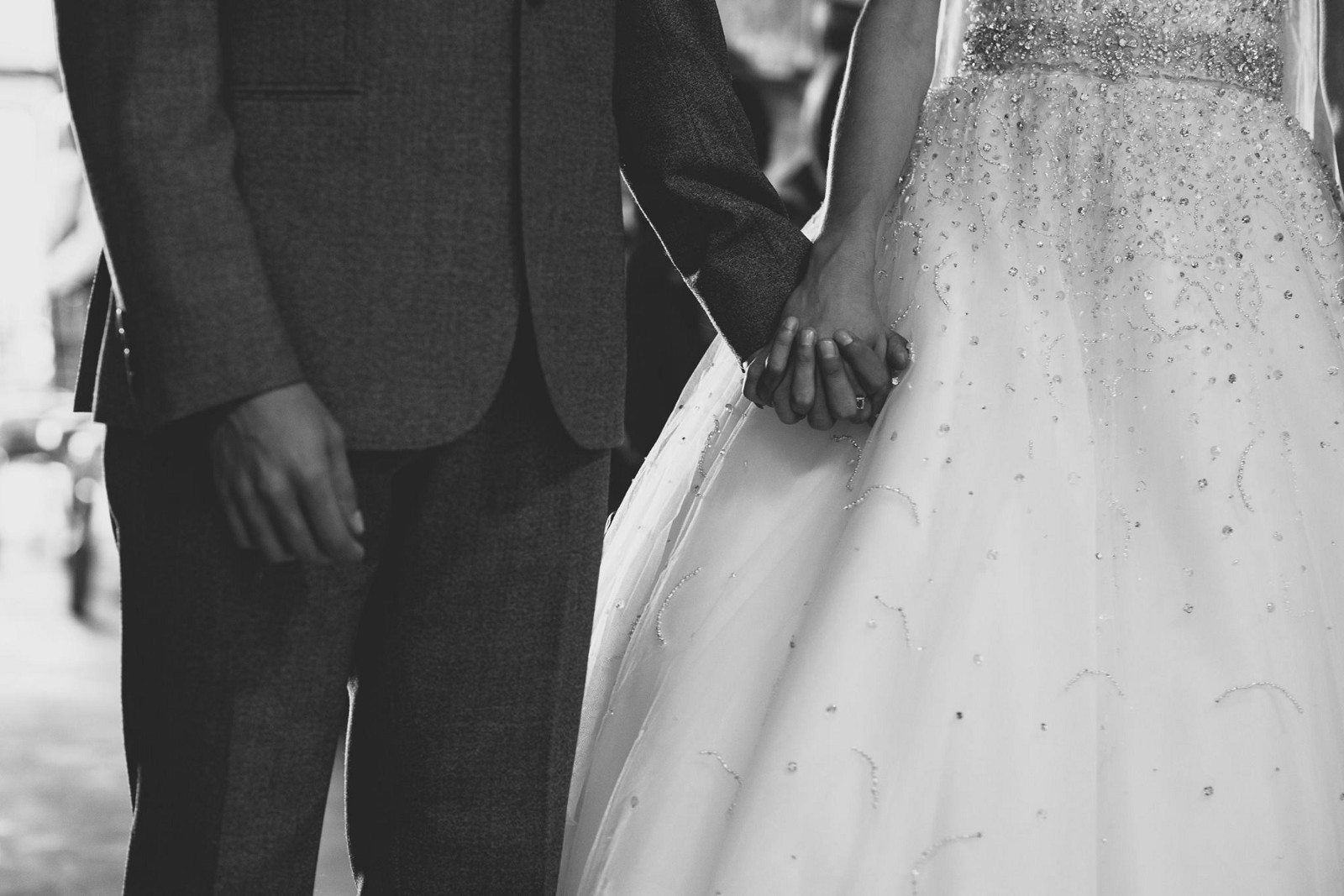
Image by Mark Dolby
“The day after our wedding, many of our family members went to apply for their first passport. It was meeting Alex’s family that inspired them.”
For Tineka Smith, a black African-American, her engagement to a white British man, Alexander, had been filled with wedding day apprehension. “We had met each other’s families, but we were so nervous about them meeting one another. We didn’t know if their different race and cultures would get in the way of bonding, humour or even just understanding each other.” Thankfully, all went smoothly for the couple; “Our families absolutely loved each other.”
Yet, anxiety and a need for meticulous planning is a recurring theme for interracial couples the world over. Variations in cultures, religions and traditions can cause tensions in the run-up to weddings.
“Variations in cultures, religions and traditions can cause tensions in the run-up to weddings”
Wedding planner Natasha Corbin-Stewart didn’t start out planning to specialise in interracial weddings, but positive referrals mean that they now make up the majority of her bookings. She has now planned weddings for more than two dozen interracial couples, of seemingly endless combinations.
“A few years ago, I planned the wedding of a Christian woman and a Muslim man. We had a morning civil ceremony, the Christian ceremony early afternoon and the Muslim ceremony late afternoon. Meticulous planning made it work!”
Nila Patel, from Luton, is British Indian and married James, who is white English. Just like Natasha’s couple, Nila and James were faced with the challenge of meshing two very different cultures together. “Civil wedding ceremonies are so serene and tranquil, while Hindu ceremonies are loud, colourful and full of noise. It was so hard to decide which way to go because everything seemed so very one way or the other.”
Image credit: Natasha Corbin-Stewert
The size of the wedding became a point of possible contention, too. “The difference in scale did cause some tension. Indian weddings are such big, lengthy events, with hundreds of people involved and family flying in from all over the world,” says Nila. “Traditionally, much of the arranging and decision making is made by the elders in the family. At times it began to feel like things were being decided for us.”
Guestlist size is an issue that Natasha sees often with interracial weddings, as is family members trying to dominate. “You have to be strict,” Natasha advises. “I never agree with going into debt to afford a wedding, so use that as an excuse if need be. Don’t invite people to pack out the venue; invite the people who truly care about you. If a couple have a wedding website, I also suggest mentioning venue size. It gives a tangible reason for not inviting your auntie’s neighbour’s cat-sitter from the 90s and takes any blame off your shoulders.”
“Traditionally, much of the arranging and decision making is made by the elders in the family. At times it began to feel like things were being decided for us”
Nila adds, “Make sure there is one person on your team who is really clear on what you want as a couple and that fights your corner. In our case, it was my mum.”
With different cultures marrying, religions can also vary. While Tineka’s family bonded quickly once the day began, it took careful planning to ensure both sides felt represented. “My family is very religious but we didn’t want to make other family members and guests uncomfortable with a traditional wedding in a church. So, we decided to have the wedding outside in a resort. My dad was in the US Navy and Alex’s grandad was in the Royal Navy, so we had a captain marry us by the water.
“To incorporate religion, we then had a friend read a Bible passage and a religious message in one part of the wedding. I did really want a gospel choir; it reflected growing up in church as an African-American, but it was one of the things we scrapped. It wasn’t just about getting the right balance between our two racial backgrounds, but also our British and American cultures.”
Image credit: Nila Holden
Nila was also faced with an important religious decision. “Hindu brides usually fast on their wedding day,” she says, “but with kids to manage and a long day ahead, I decided not to. I wanted to have the energy and strength to enjoy the day, not look back and feel like I hadn’t because I was hangry!”
Food often needs careful consideration. As Natasha says, “every culture has its own food, so varying opinions and preferences is pretty much inevitable with interracial weddings.”
Sara*, who is Sri Lankan British and married to white American Zain*, also had to be firm with what she would be eating. “In Sri Lankan weddings, you always serve a type of fruitcake, but neither of us were a fan. So, we appeased family by having wrapped fruit cake, made by my aunt, as favours. Our actual wedding cake? Chocolate and vanilla sponge!”
“In Sri Lankan weddings, you always serve a type of fruitcake, but neither of us were a fan. So, we appeased family by having wrapped fruitcake. Our actual wedding cake? Chocolate and vanilla sponge!”
Natasha wholeheartedly believes that different food preferences can be catered for. She recently organised a wedding for an Indian and Chinese couple and arranged an Indian caterer for the wedding breakfast and a Chinese buffet for the evening meal. “It meant that every guest – no matter their own background – felt considered,” she says.
Sara admits that pre-wedding, she felt stressed at times; not just about balancing family needs, but also making sure fiance Zain was being heard.
“Zain isn’t religious and so didn’t have strong preferences on the ceremony being in a church so he was happy to embrace traditions that were important to me and my family. We did incorporate a few American traditions though, like a rehearsal dinner the night before.”
Clarity, Natasha says, is one of the most crucial elements of all. “The very first thing I do when I meet a couple is find out what they want from their day. The reason being, if the couple don’t figure this out and stand first, others will inevitably come in with their say and influence. If family then arrive with fresh ideas that you love, that’s great! But don’t let them dictate anything. You need to be happy, too.”
Image by Mark Dolby
Unfortunately, stern words and firm decisions don’t always make the perfect day. Natasha remembers a client’s engagement party in which the bride was late.
“While we were waiting, her father-in-law arrived and insisted we install a last minute dance floor. I tried to resist, but he had paid for the party, and the bride-to-be wasn’t reachable. We lost five tables to make a dance floor, and it resulted in guests having nowhere to sit.”
Thankfully, for Tineka, Nila and Sara*, their perfect day was achieved. “For us the differences in race, culture and tradition made the wedding great fun and totally unforgettable,” says Tineka. “Everybody wanted to learn from and understand each other, and celebrate our marriage entirely united.”
Sara has similar sentiments. “Despite the difficulties in balancing different opinions and trying to find the right mix between British, American and Sri Lankan, we pulled it off, and our guests loved it. We had an absolutely amazing day, and all sides got to enjoy a totally unique experience.”
It seems, then, that interracial weddings can pose many of the same challenges as those facing same-race couples and more. Yet, the presence of perseverance and resilience allows each of these to be overcome; along with, of course, that little old thing called love.
* Names have been changed.

